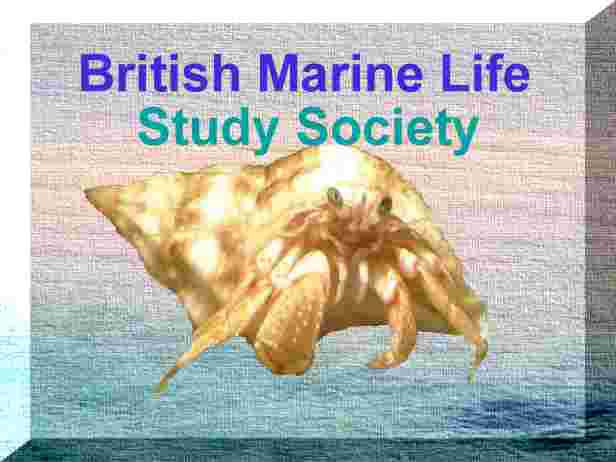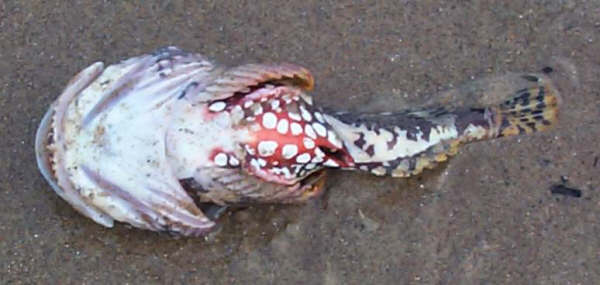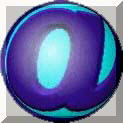
|
|
| Porifera |
| Ctenophora |
| Cnidaria |
| Mollusca |
| Echinodermata |
| Annelida |
| Arthropoda |
| Other Phyla |
| Chordata |
|
|
 It can survive for at least 10 minutes out of the water if it is kept moist with seawater. Photograph by Andy Horton |
Common
Name(s):
Short-spined Bullhead, Greater Bullhead, Rout, Shorthorn Sculpin (America), Sea Scorpion, Lesser-spined Bullfish, Plucker (Scotland). Scientific Name: Myoxocephalus scorpius Family: Cottidae Usual Size: to 30 cm |
| Identification:
A small fish with a stout body (flattened out wide about the same as it is high) with a head as large as the rest of its tapering body. Large cottid, or sculpin. This family of fish are usually regarded as ugly in appearance with a drab colour and this species has four short spines (two on each side, on the gill cover) that stick out when the fish is removed from the water. Usually in various shades of brown with large cream blotches. The pectoral fins are huge relative to the small squat body. Similar species: Taurulus bubalis is very similar in appearance. However, the two species can be readily distinguished because only T. bubalis has two white lappets on the corner of its wide mouth. A specimen seen by Jane Lilley in 1998 had a very bold near black body with two narrow beige bands across the body and the same narrow bands forming a triangle on the head.
Photograph
of a Short-spined Bullhead
by Glenn Smart washed up on
a Northumberland beach in February 2007.
Short-spined
Bullhead, Myoxocephalus
scorpius
The study above shows the typical appearance of the Short-spined Bullhead and if you look carefully you can note the shorter pre-opercula spine that gives the fish the first component of its book name. This fish can be confused with the Long-spined Bullhead, Taurulus bubalis, illustrated below. The latter fish has a longer pre-opercula spine, but in the field this difference can be tricky to distinguish.
Long-spined Bullhead, Taurulus bubalis Both species of fish show a great range in colour which should be ignored for identification purposes. The Long-spined Bullhead is much more prevalent in the shallow seas all around the British Isles. The Short-spined is an inhabitant of deeper water in the English Channel, but is frequently discovered in much shallower seas around Orkney. The must easily discernible identification feature are the quite lappets at the corner of the large expansive mouth of Taurulus bubalis only. Both species of fish have huge mouths for swallowing their prey. The presence of the lappets always indicate the smaller species the Long-spined, but they can be hidden in photographs and the absence at first glance should not be used as definitive for the Short-spined, Myoxocephalus scorpius, just a guide to look further. The spines have to be looked at very carefully to distinguish the species. They are not venomous, but stinging spines do occur in the true Scorpion Fish, Scorpaena scrofa. Colloquial names are extremely varied for both species. Bullhead is the most commonly used in Britain but there are so many regional variations that each port seems to have a different name.
The new and recommended fish identification guide book goes into great detail to identify the identification characteristics of each fish, especially as seen by anglers and fishermen. An example of the pages is shown above.
Breeding:
Short-spined
Bullhead, Myoxocephalus
scorpius
with eggs
A splendid study of the larger of the two usual cottids found in shallow seas around the British Isles. Habitat: Shallow rocky areas, rarely intertidal Food: A large expandable mouth will swallow fish as big as itself. Flattened crushing teeth so it cannot eat anything it cannot swallow whole. Range:
More parasites: Leeches: Heptacyclus
myoxocephali
Information wanted: Please send any records of this fish, with location, date, who discovered it, how it was identified, prevalence, common name and any other details to Shorewatch
Project All messages will receive
a reply.
|
| FIVE KINGDOMS TAXONOMIC INDEX TO BRITISH MARINE WILDLIFE |
|
|
|
News 2018 |
Membership Form |
|
History of
Fishes by William Yarrell, two volumes published
by John van Voorst 1859









